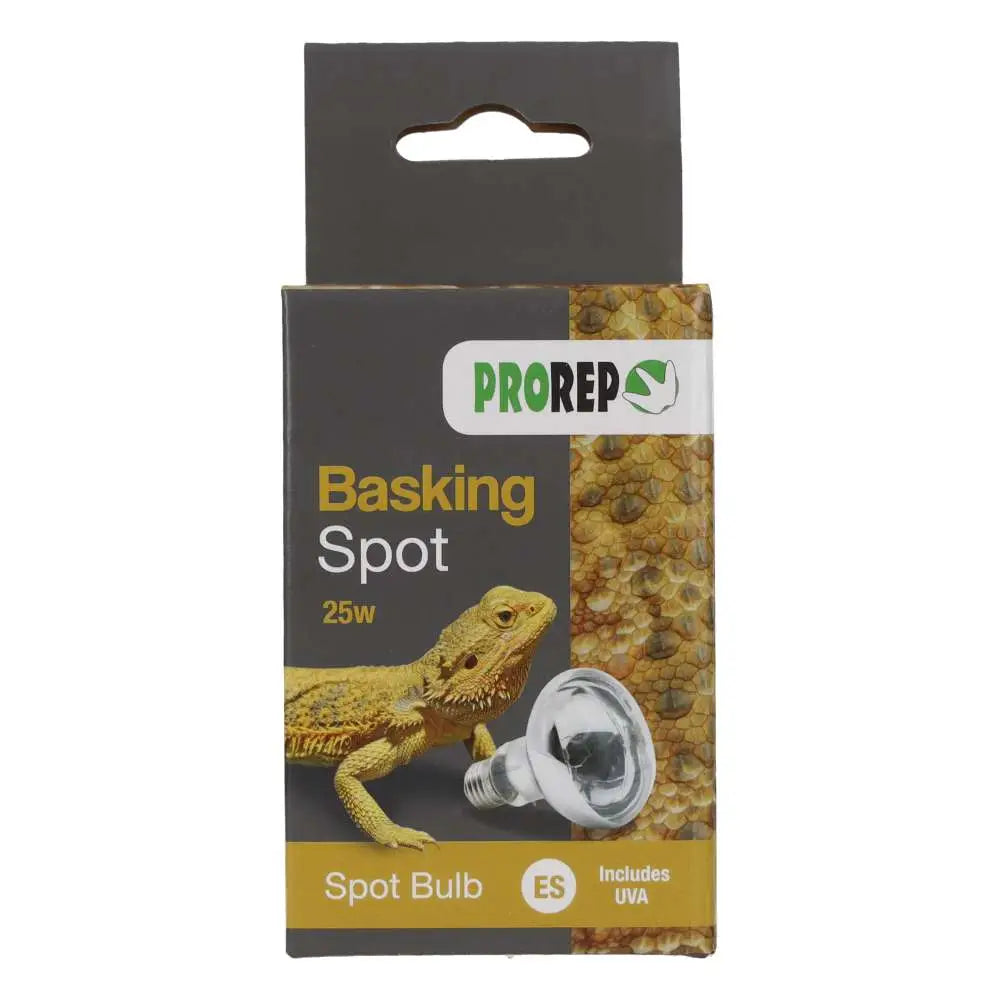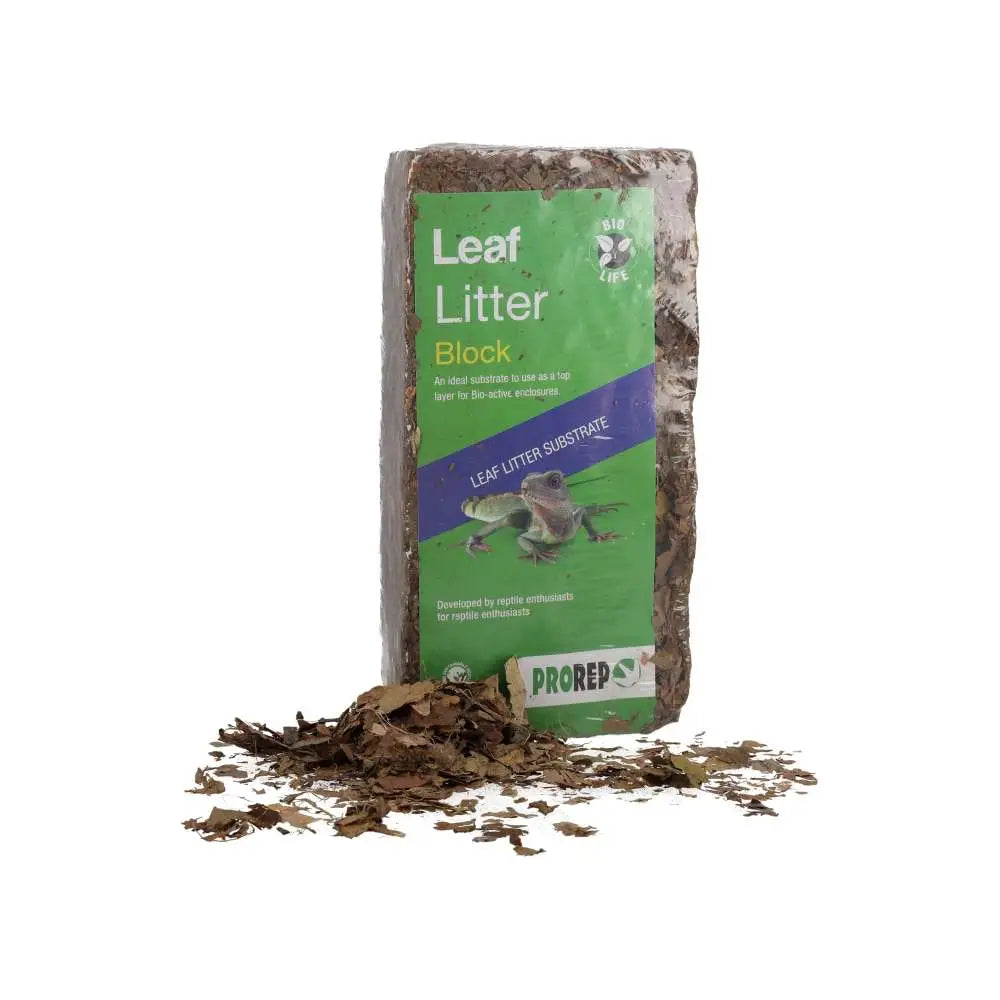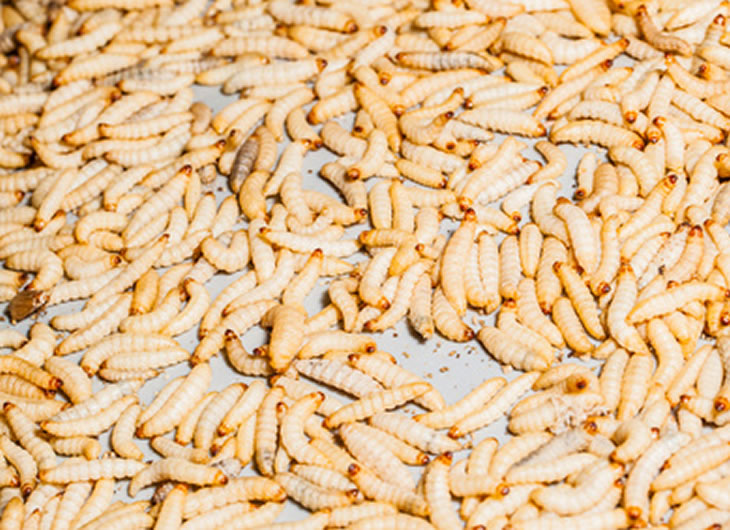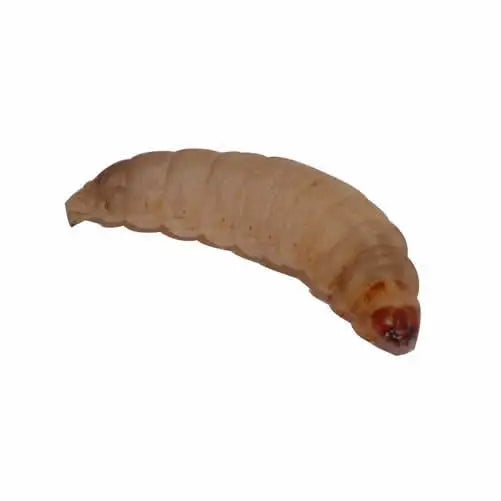1 product
Free Delivery
On order over £99*






Livefood subscription available

Guaranteed to arrive fresh and in perfect condition

Waxworms are a highly nutritious treat, rich in fat, protein, and moisture, making them perfect for underweight animals, parent birds during the breeding season, and as a supplementary boost for reptiles, amphibians, and garden birds like robins or blackbirds. While not a staple food, they’re ideal for rotation with other live food such as mealworms or crickets to maintain a balanced diet.
Each tub contains a bran-based substrate that doubles as food during transport and keeps the worms burrowing and active. For best results, store in a cool room-temperature environment and feed within a week of delivery. Add to your cart, subscribe, and enjoy fast, reliable shipping direct to your door.
Store live waxworms (larvae of the greater wax moth, Galleria mellonella) at room temperature away from direct sunlight or draughts. Avoid over‑moisture, remove dead larvae daily (they’ll be black), and keep them in a ventilated container with dry substrate to prolong freshness.
Waxworms are highly nutritious, rich in fat, protein, and moisture, making them a delicious treat for species like bearded dragons, frogs, turtles, and many wild birds such as robins and blue tits. They’re especially helpful for underweight animals or during breeding season when extra energy is needed. But because they’re so high in fat, they should be fed occasionally, not as a staple.
Yes, waxworms are the larvae of the greater wax moth, and if kept warm for too long, they may pupate and develop into moths. To delay this, store them cool and use within a week of arrival for best freshness.
Besides calciworms, Northampton Reptile Centre sells a range of live food in various sizes and bulk bags. This includes black crickets, locusts, silent brown crickets, cockroaches, mealworms, waxworms, flies and grubs.
Sign up to the Reptile Centre newsletter so you don't miss out on all the latest offers and guides to give your pet the best they deserve


